Home>Furniture & Design>Interior Design Trends>How To Measure Glass Thickness
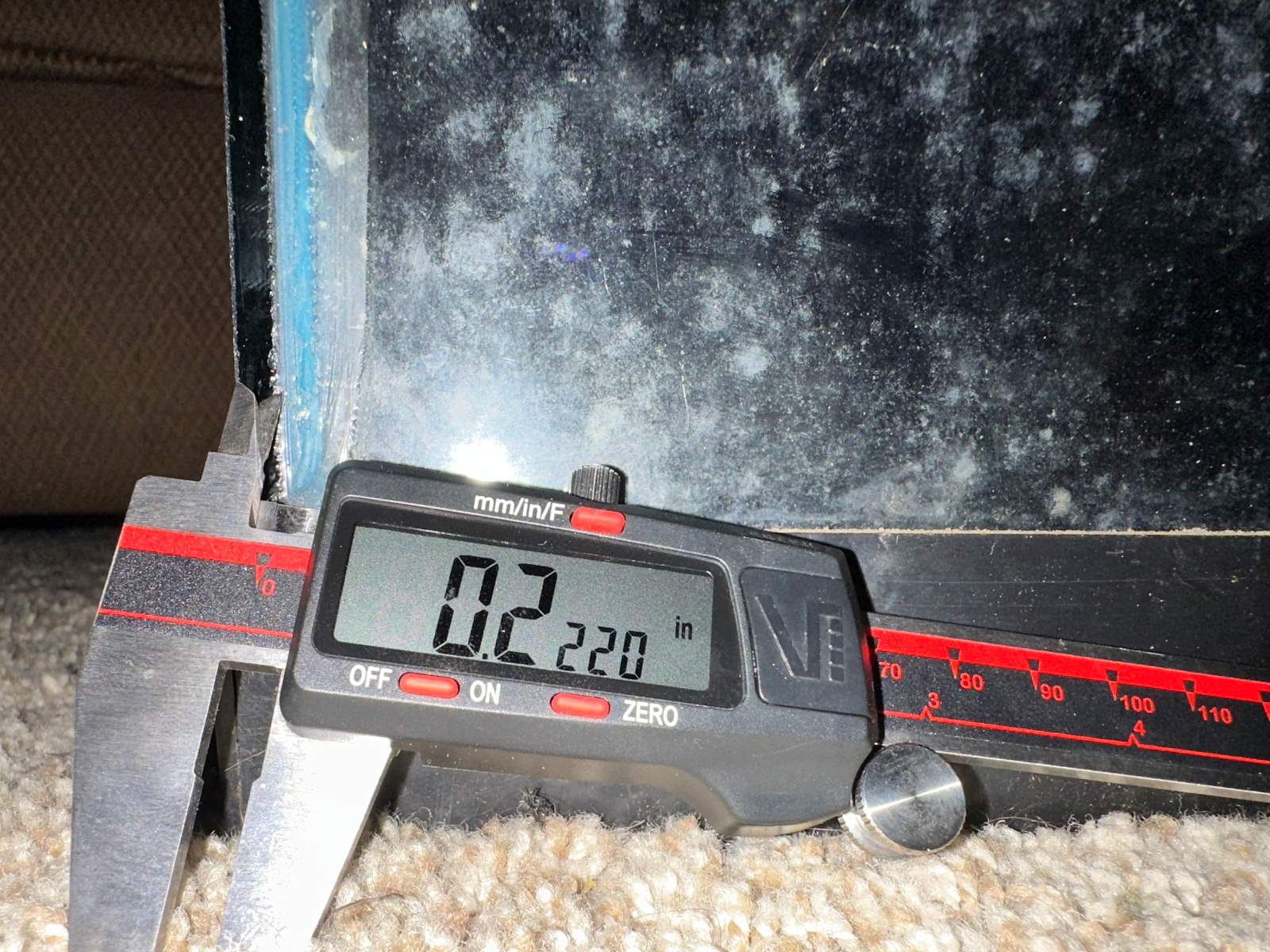

Interior Design Trends
How To Measure Glass Thickness
Published: February 8, 2024
Learn how to measure glass thickness for your interior design projects. Stay updated on the latest interior design trends.
(Many of the links in this article redirect to a specific reviewed product. Your purchase of these products through affiliate links helps to generate commission for Storables.com, at no extra cost. Learn more)
Introduction
Glass is a fundamental element in modern architecture and interior design, offering transparency, elegance, and functionality. Whether it's for windows, doors, or decorative elements, understanding the thickness of glass is crucial for ensuring safety, durability, and aesthetic appeal. Measuring glass thickness is a vital aspect of various industries, including construction, interior design, and manufacturing. It allows professionals to select the appropriate type of glass for specific applications, ensuring that it meets the required standards and specifications.
The process of measuring glass thickness involves precision and accuracy, as even a slight deviation can impact the structural integrity and performance of the glass. By comprehensively understanding the methods and tools used for measuring glass thickness, individuals can make informed decisions when selecting and installing glass in various settings. This knowledge empowers architects, interior designers, and construction professionals to create spaces that are not only visually stunning but also safe and functional.
In this article, we will delve into the intricacies of measuring glass thickness, providing valuable insights into the tools, techniques, and considerations involved in this essential process. By gaining a deeper understanding of how to measure glass thickness, readers will be equipped with the knowledge to make informed choices when working with glass in diverse design and construction projects. Let's explore the world of glass thickness measurement and unravel the key aspects that contribute to the safety and visual appeal of glass installations.
Key Takeaways:
- Glass thickness impacts safety and aesthetics. Thicker glass is stronger and suitable for windows and doors, while thinner glass adds a delicate touch to interior design.
- Tools like vernier calipers and ultrasonic gauges ensure precise glass thickness measurement. Clean the glass, choose the right tool, and record measurements for accurate results.
Read more: How Thick Is Bulletproof Glass
Understanding Glass Thickness
Glass thickness plays a pivotal role in determining the strength, durability, and suitability of glass for specific applications. It is a critical factor in ensuring the safety and performance of glass installations in various settings, ranging from residential homes to commercial buildings. Understanding the nuances of glass thickness involves considering several key aspects that contribute to its structural integrity and functional capabilities.
The thickness of glass is a primary determinant of its ability to withstand external forces, such as wind pressure and impact. Thicker glass is inherently stronger and more resistant to breakage, making it suitable for applications where safety and durability are paramount. In contrast, thinner glass may be appropriate for decorative purposes or where weight considerations are crucial.
Moreover, the intended use of the glass influences the required thickness. For instance, glass used in windows and doors needs to meet specific standards to ensure energy efficiency, sound insulation, and security. Understanding the optimal thickness for these applications is essential for achieving the desired performance and functionality.
Additionally, the size of the glass panels and the support structure they are mounted on also influence the required thickness. Larger glass panels typically require greater thickness to maintain structural stability and prevent deformation under load. Furthermore, the type of glass, such as tempered or laminated, impacts the overall thickness requirements based on the desired safety and security features.
In the realm of interior design, understanding glass thickness is crucial for creating visually appealing and functional spaces. Glass thickness can significantly impact the aesthetics of a design, with thicker glass exuding a sense of luxury and robustness, while thinner glass can convey a more delicate and minimalist aesthetic.
Furthermore, understanding the relationship between glass thickness and design aesthetics enables interior designers to make informed decisions when selecting glass for various applications, such as partitions, tabletops, and decorative elements. By considering the visual impact of different glass thicknesses, designers can enhance the overall ambiance and style of a space.
In essence, understanding glass thickness encompasses a multifaceted approach that integrates structural considerations, functional requirements, and design aesthetics. By comprehending the interplay of these factors, individuals involved in architecture, interior design, and construction can make informed decisions regarding the selection and installation of glass, ensuring that it meets the necessary safety standards and contributes to the overall visual appeal of the built environment.
Tools for Measuring Glass Thickness
Accurately measuring the thickness of glass requires the use of specialized tools designed to provide precise and reliable results. These tools are essential for ensuring that the glass meets the required specifications and standards for its intended application. From traditional manual instruments to advanced digital devices, a range of tools is available to facilitate the measurement of glass thickness with varying levels of accuracy and convenience.
-
Vernier Calipers: These manual measuring instruments are commonly used for determining the thickness of glass. Vernier calipers feature a main scale and a sliding vernier scale, allowing for precise measurements with high accuracy. By gently clamping the glass between the jaws of the calipers, the user can obtain an accurate reading of the glass thickness.
-
Micrometer: A micrometer, also known as a micrometer screw gauge, is another manual tool used for measuring glass thickness. It offers exceptional precision, making it suitable for applications where extremely accurate measurements are required. The micrometer's spindle is carefully adjusted to apply gentle pressure on the glass, providing a precise measurement of its thickness.
-
Ultrasonic Thickness Gauge: This advanced digital device utilizes ultrasonic technology to measure the thickness of glass with high accuracy. By emitting ultrasonic waves and analyzing the time taken for the waves to return after penetrating the glass, the device provides a non-destructive and precise measurement of the glass thickness. Ultrasonic thickness gauges are particularly valuable for assessing the thickness of installed glass panels without the need for disassembly.
-
Digital Calipers: Equipped with digital displays, digital calipers offer a convenient and user-friendly method for measuring glass thickness. These modern tools provide accurate readings and are well-suited for applications where quick and efficient measurements are essential. Digital calipers eliminate the need for manual interpretation of scale markings, streamlining the measurement process.
-
Optical Comparator: An optical comparator is a specialized tool that utilizes optical magnification and measurement scales to assess the thickness of glass. By comparing the glass thickness against calibrated reference scales, this instrument enables precise measurements, particularly for glass with intricate patterns or irregular shapes.
Selecting the appropriate tool for measuring glass thickness depends on the specific requirements of the application, the level of accuracy needed, and the convenience of use. By leveraging these tools, professionals in the fields of architecture, interior design, and construction can ensure that the glass used in their projects meets the necessary standards and contributes to the safety, functionality, and aesthetic appeal of the built environment.
When measuring glass thickness, use a digital caliper for accuracy. Place the caliper jaws on opposite sides of the glass and take the measurement at multiple points for consistency.
Steps for Measuring Glass Thickness
-
Prepare the Glass Surface: Before commencing the measurement process, ensure that the surface of the glass is clean and free from any debris or contaminants. Wipe the glass with a suitable cleaning agent and a lint-free cloth to ensure optimal contact with the measuring instrument.
-
Select the Appropriate Measuring Tool: Choose the most suitable measuring tool based on the specific requirements of the glass and the level of accuracy needed. Consider factors such as the type of glass, its thickness range, and the accessibility of the measurement area.
-
Position the Measuring Tool: Carefully position the selected measuring tool on the surface of the glass, ensuring that it makes uniform and gentle contact across the area to be measured. For handheld instruments such as vernier calipers and micrometers, maintain a steady and consistent pressure to obtain accurate readings.
-
Take the Measurement: Depending on the type of measuring tool, follow the prescribed method for obtaining the glass thickness measurement. For manual instruments, ensure that the readings are taken at the most prominent point of the glass, considering any irregularities or variations in thickness.
-
Record the Measurement: Document the measured glass thickness along with relevant details such as the location of the measurement, the orientation of the glass (if applicable), and any specific characteristics of the glass panel. Accurate record-keeping is essential for maintaining a comprehensive overview of the glass thickness across different areas and installations.
-
Repeat for Accuracy: If multiple measurements are required, repeat the process across different sections of the glass to ensure consistency and accuracy. This is particularly important for large glass panels or installations where variations in thickness may occur.
-
Verify the Results: Cross-verify the obtained measurements to ensure their reliability and consistency. Compare the readings obtained from different measurement points to identify any discrepancies that may require further investigation or adjustment.
-
Evaluate the Measurement Data: Analyze the collected measurement data to assess the overall uniformity and compliance of the glass thickness with the required specifications. This evaluation is crucial for determining the suitability of the glass for its intended application and identifying any deviations that may necessitate corrective measures.
By following these steps, individuals can effectively measure the thickness of glass with precision and accuracy, ensuring that the glass meets the necessary standards and contributes to the safety, functionality, and aesthetic appeal of the built environment.
Conclusion
Accurately measuring the thickness of glass is a fundamental aspect of ensuring the safety, functionality, and aesthetic appeal of glass installations in diverse architectural and interior design contexts. By comprehensively understanding the nuances of glass thickness and employing the appropriate tools and techniques, professionals in the fields of architecture, interior design, and construction can make informed decisions when selecting and installing glass for various applications.
The process of measuring glass thickness involves a multifaceted approach that integrates structural considerations, functional requirements, and design aesthetics. It encompasses the assessment of factors such as the intended use of the glass, the size of the glass panels, the support structure, and the type of glass. By considering these aspects, individuals can determine the optimal thickness of glass to meet the specific demands of a given application, whether it involves windows, doors, partitions, tabletops, or decorative elements.
Furthermore, understanding the relationship between glass thickness and design aesthetics empowers interior designers to create visually stunning and functional spaces. The selection of glass with the appropriate thickness can significantly impact the ambiance and style of a design, enhancing the overall visual appeal of the built environment. Whether it's conveying a sense of luxury and robustness with thicker glass or achieving a delicate and minimalist aesthetic with thinner glass, the choice of glass thickness plays a pivotal role in shaping the character of a space.
The availability of specialized tools for measuring glass thickness, ranging from traditional manual instruments to advanced digital devices, provides professionals with the means to obtain precise and reliable measurements. By leveraging tools such as vernier calipers, micrometers, ultrasonic thickness gauges, digital calipers, and optical comparators, individuals can ensure that the glass used in their projects meets the necessary standards and contributes to the safety, functionality, and aesthetic appeal of the built environment.
In conclusion, the process of measuring glass thickness is an essential aspect of working with glass in architectural and interior design projects. By gaining a deeper understanding of glass thickness and employing the appropriate tools and techniques, individuals can make informed decisions when selecting and installing glass, ultimately contributing to the creation of spaces that are not only visually stunning but also safe and functional.
Frequently Asked Questions about How To Measure Glass Thickness
Was this page helpful?
At Storables.com, we guarantee accurate and reliable information. Our content, validated by Expert Board Contributors, is crafted following stringent Editorial Policies. We're committed to providing you with well-researched, expert-backed insights for all your informational needs.

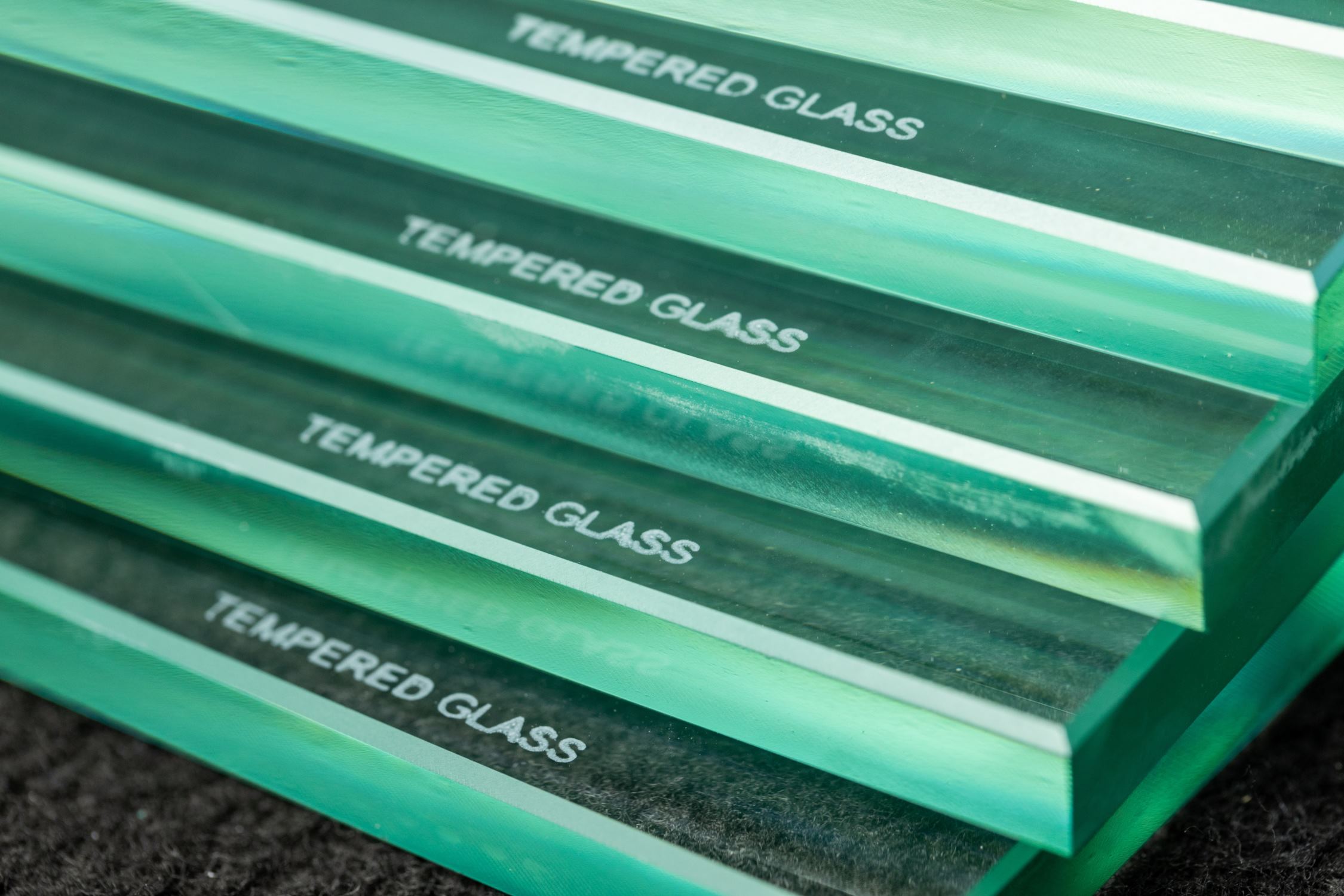
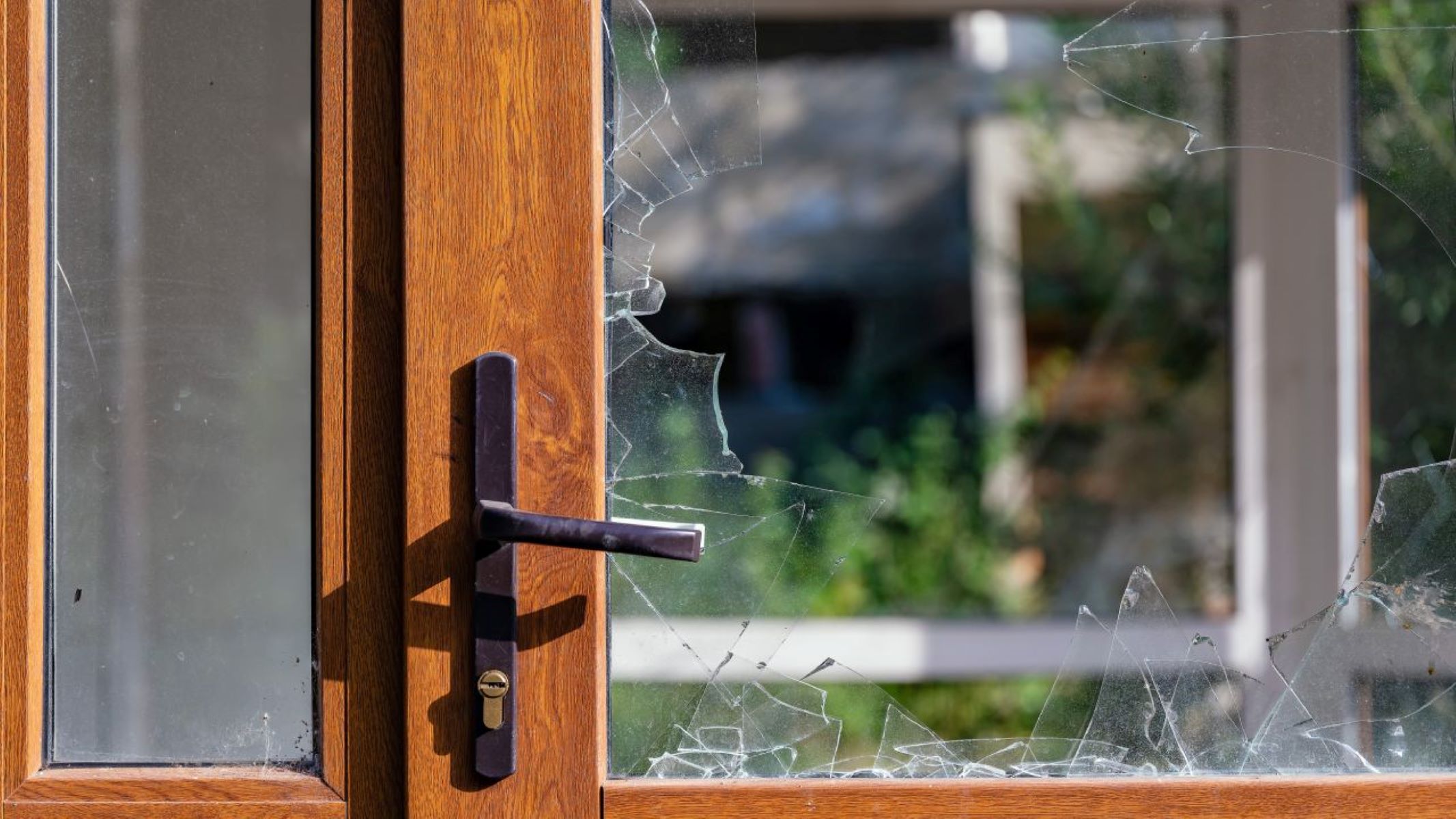

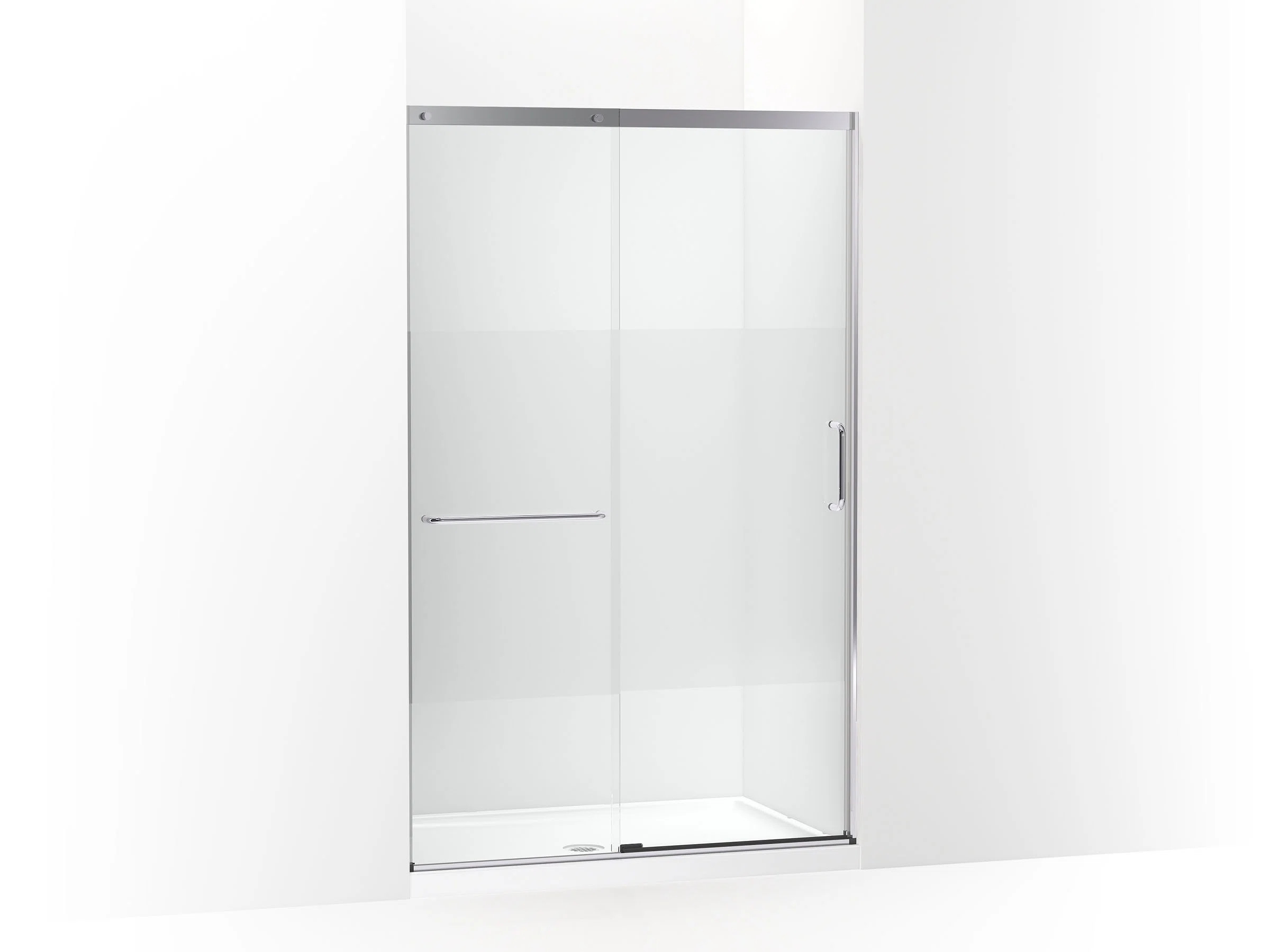


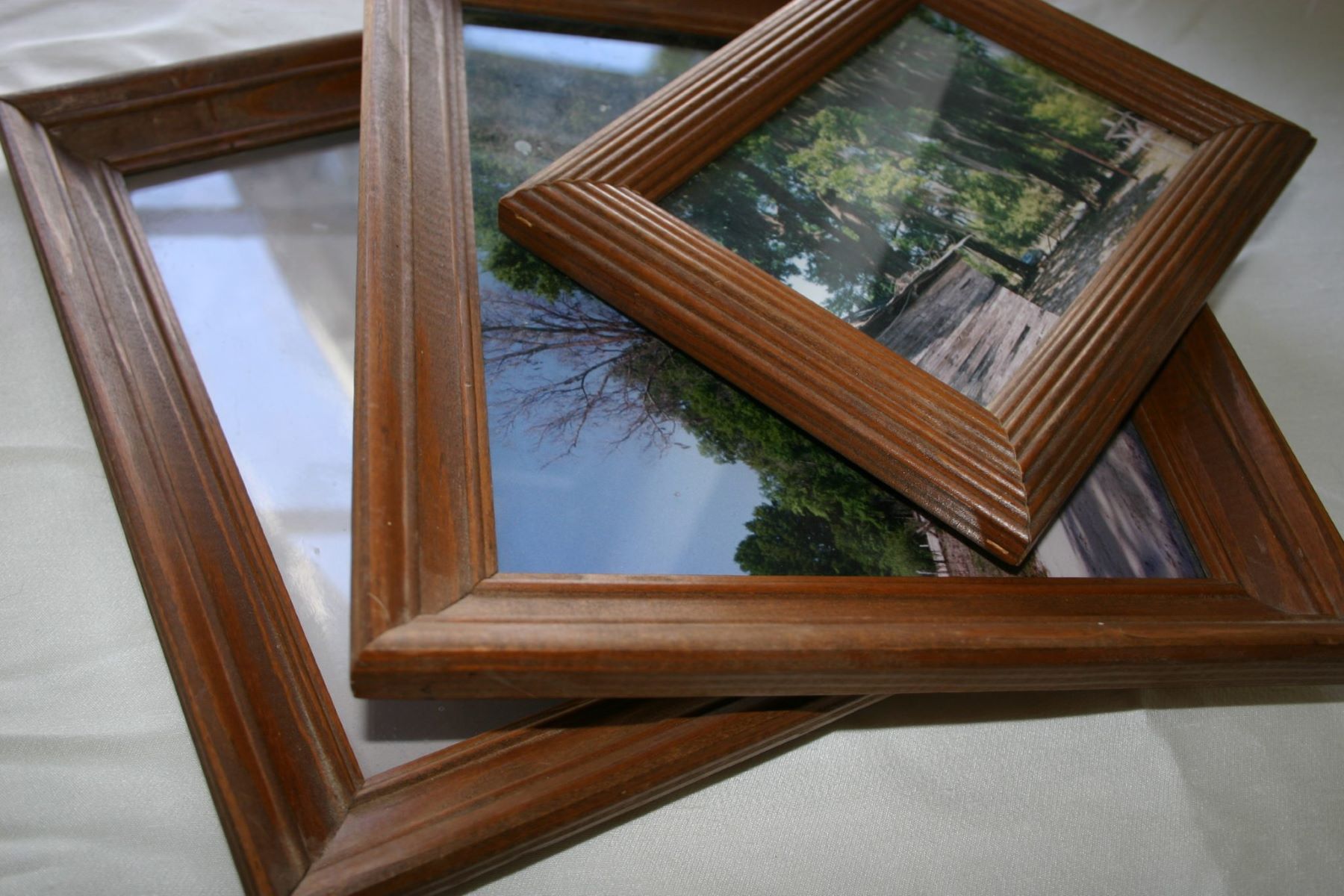
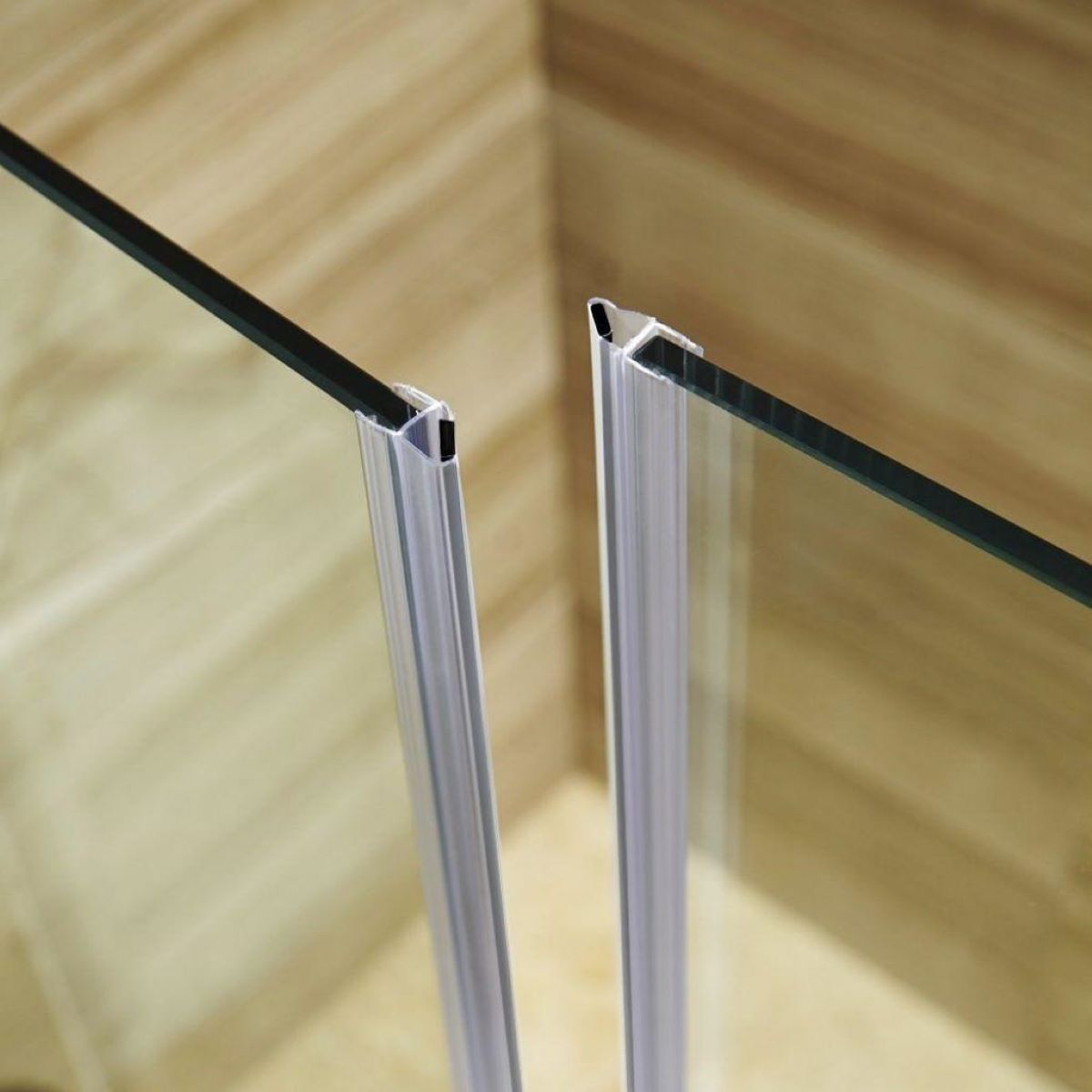
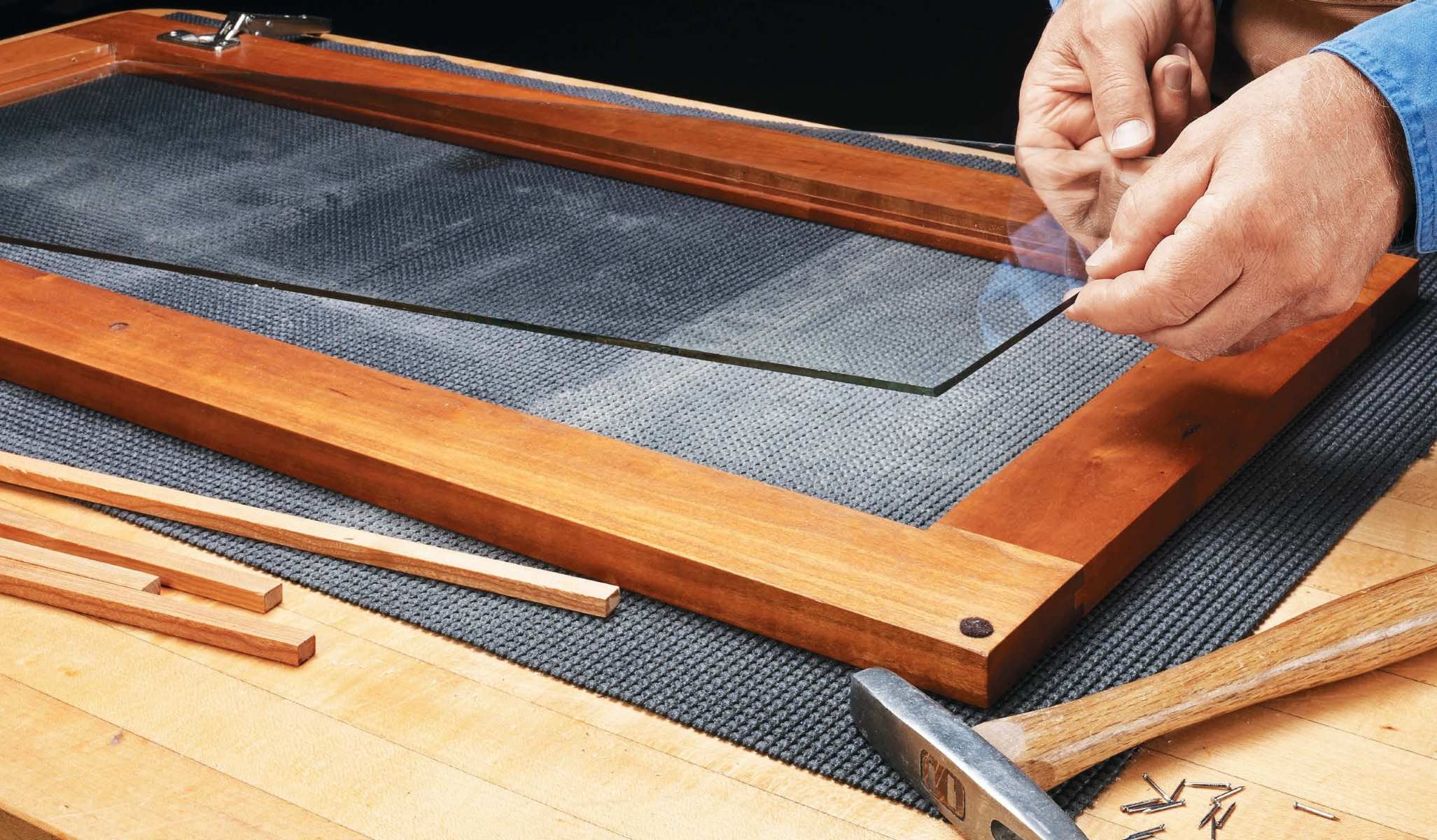
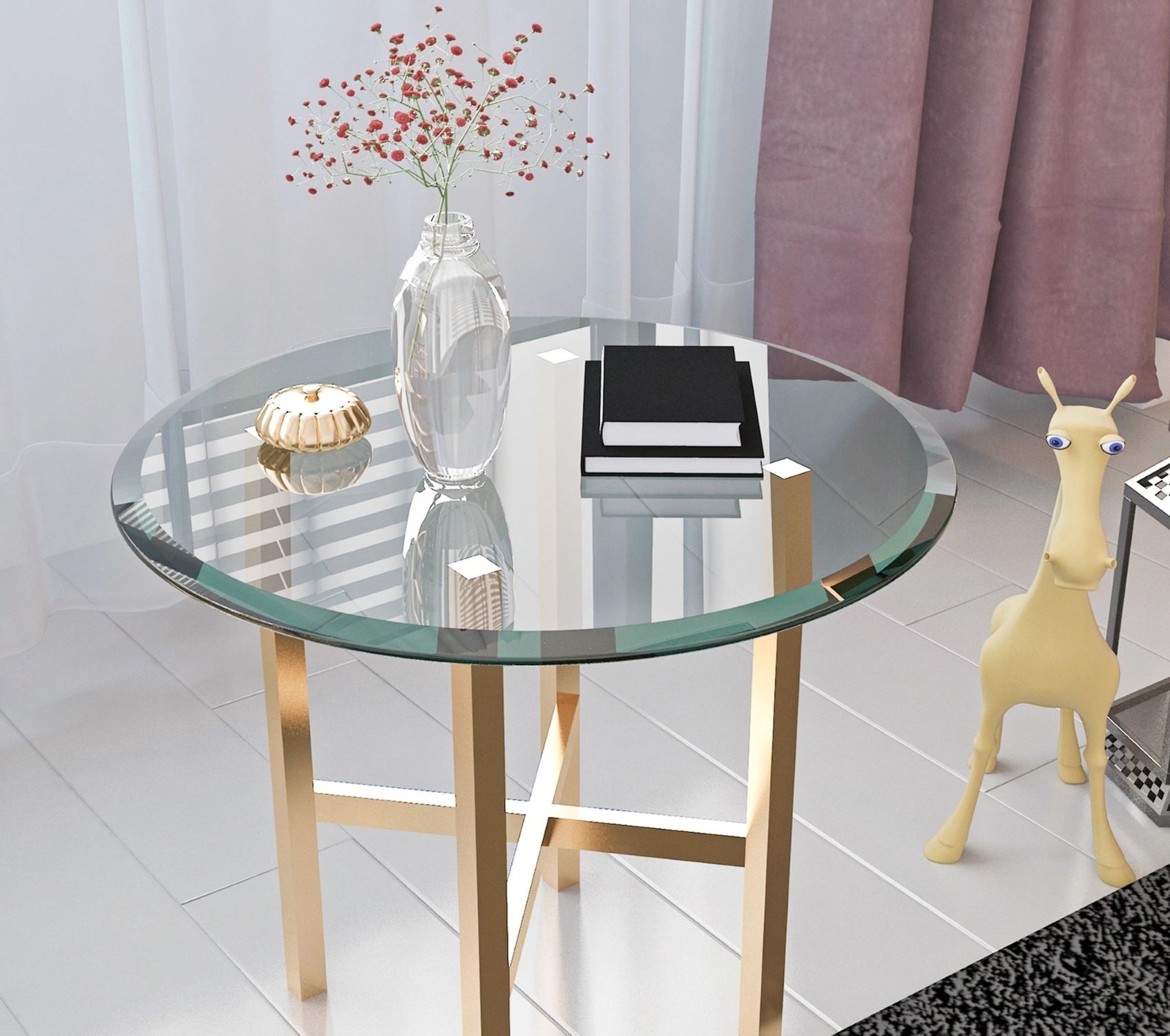

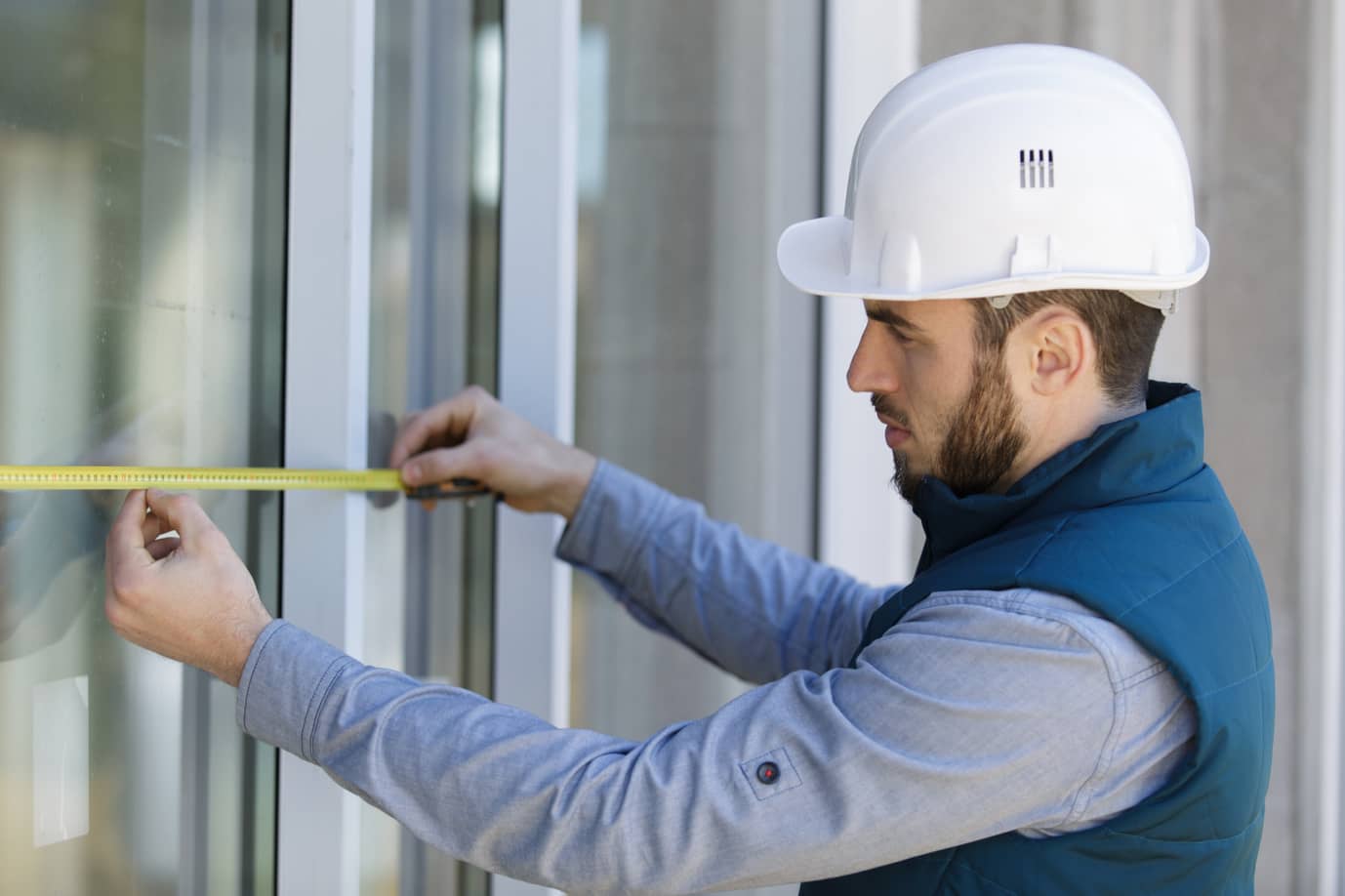
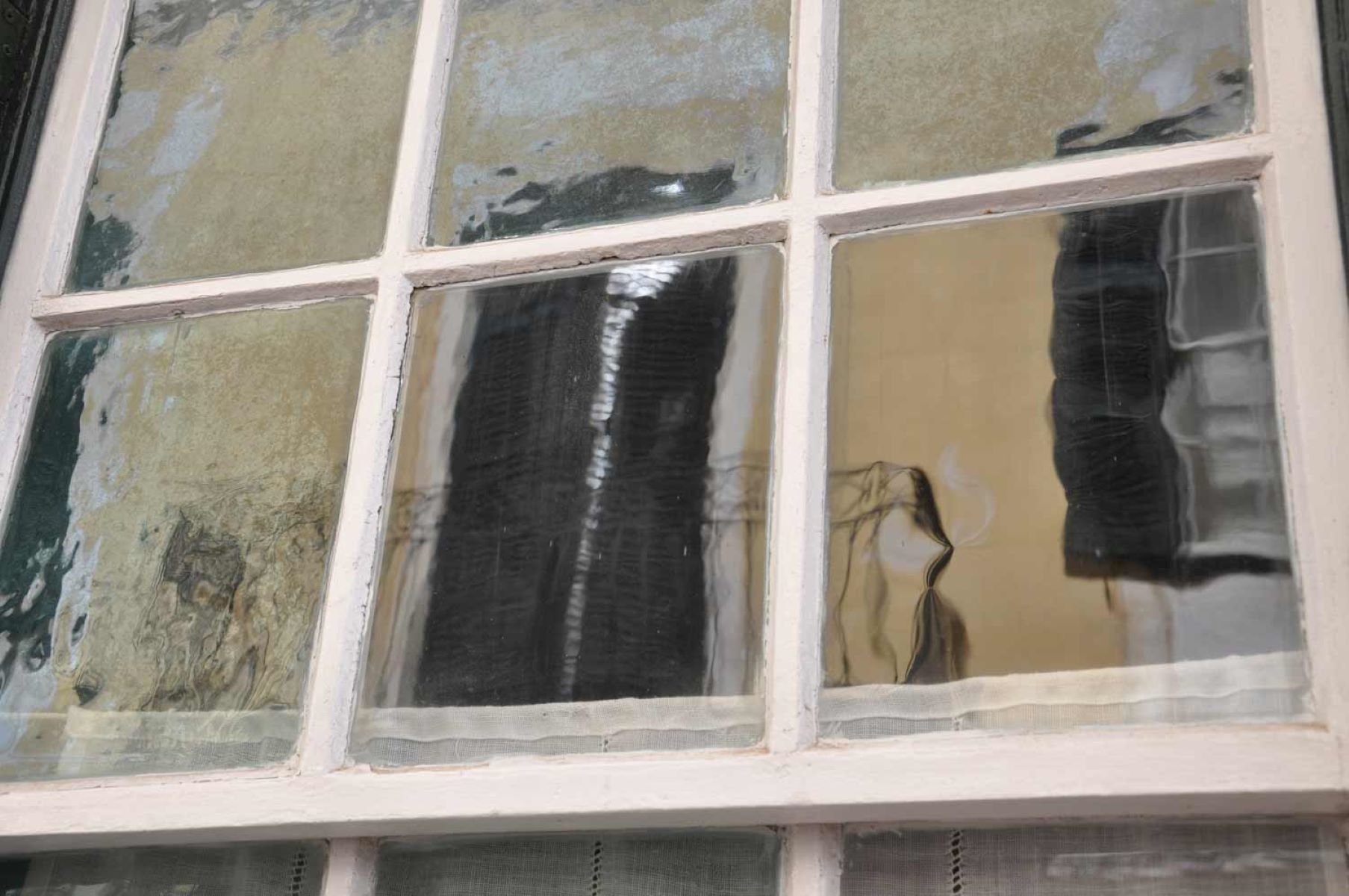
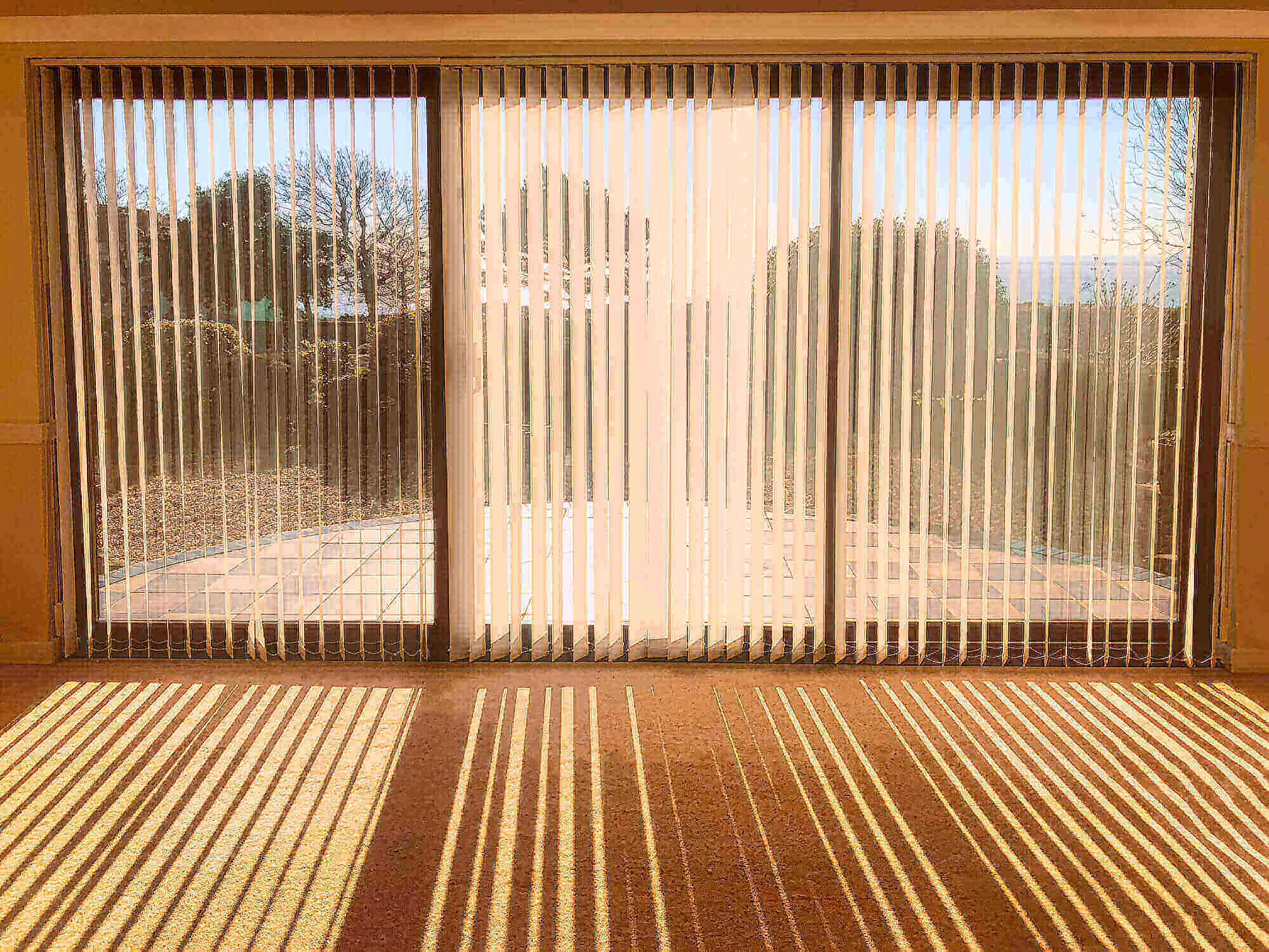

0 thoughts on “How To Measure Glass Thickness”